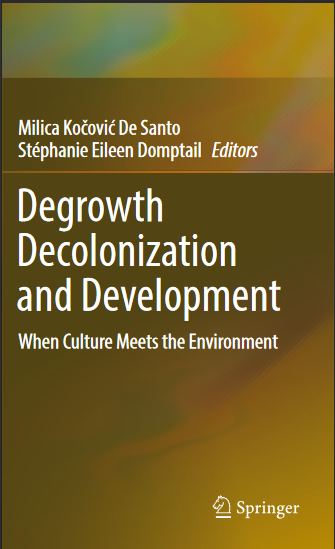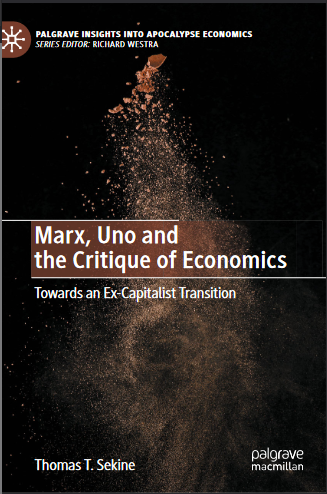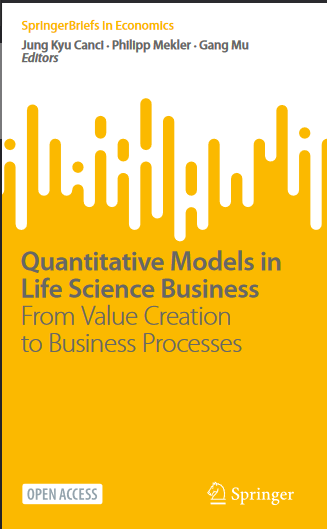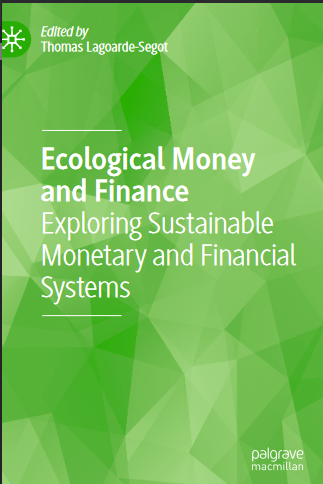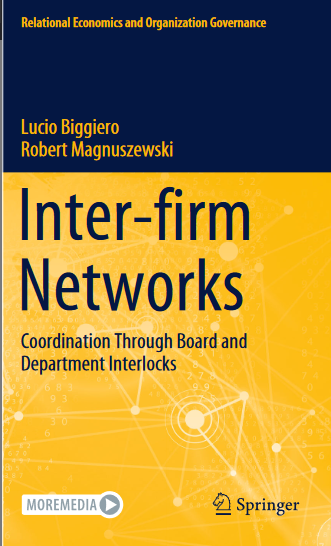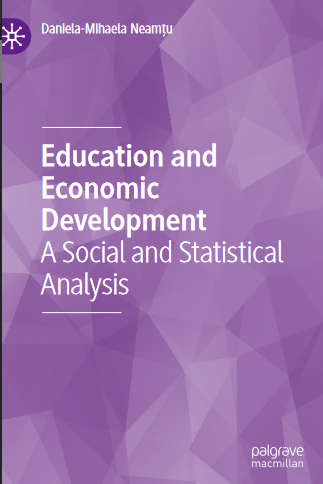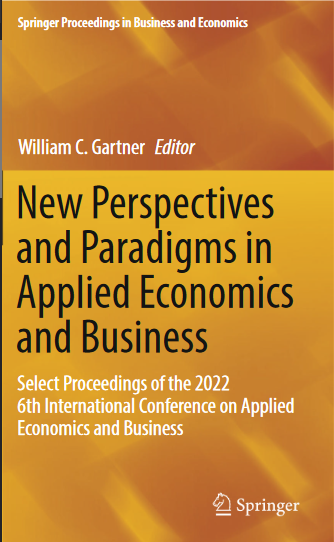موضوعات
آموزش و پرورش
ادبیات و زبان
پزشکی، دندانپزشکی و داروسازی
تاریخ و جغرافیا
داستان و رمان
دیگر
دین و فلسفه
روانشناسی
ریاضیات و آمار
سلامتی، تناسب اندام و رژیم غذایی
شیمی و پلیمر
علوم اجتماعی و حقوق
علوم زیستی و بیوتکنولوژی
فیزیک و نجوم
کامپیوتر و اینترنت
کتابهای کودکان و داستان
کسب و کار و اقتصاد
کشاورزی و دامپزشکی و غذا
معماری
مهندسی و فناوری
هنر و تئاتر
محصولات
Degrowth Decolonization and Development When Culture Meets the Environment - Original PDF
نویسندگان: خلاصه: Degrowth Decolonization and Development offers a collection of seven original case study analyses, followed by a synopsis of concepts contributing to decol- onize development by shaking the hegemony of the Western paradigm. The partici- pating researchers met when presenting their work in Decolonization and Degrowth panels within two International Degrowth Conferences held in July (organized by Manchester University together with the Ecological Economics conference) and in August 2021 in The Hague, Netherlands. Ranging from cultural studies, critical development studies, cultural policy, cultural political economy, political economy, heterodox economic approaches, eco-feminist political ecology, to anthropology and sociology, the collection of chapters provides a broad interdisciplinary oversight of the contemporary (developmental, environmental, economic, social, cultural) chal- lenges. Precisely this interdisciplinary approach facilitates the understanding of the critical contemporary context with its complex intermingling of (positionality) crises. Our multiple analyses of Western thought, capitalist and patriarchal systems rooted in case studies depict rebellions to this hegemonic system and challenge it from complementary angles, which is the reason why we found the degrowth as most suitable framework to understand the current contemporary context and seek for post-growth alternatives. The first chapter introduces the most important concepts such as: permanent crisis, modernity and colonnialism, with associated dichotomies encaptured in the Western paradigm. We embrace the position that colonialism is not derivative but constitutive of modernity as “there is no modernity without colonial- ism” (Mignolo and Walsh 2018: 4; 107) and modern capitalism, where the cultural potential for radically necessary changes is essential—as a driver of the degrowth forces that reflects the eternal relations between man and naturMarx, Uno and the Critique of Economics - Original PDF
نویسندگان: خلاصه: Several years ago a young American gentleman came to spend a summer in Tokyo, and during his stay there contacted me hoping to arrange an interview with me; to be centred on my Unoist approach to Marxian economics. While willing to cooperate with him in that project, I was not confident from the beginning that I would be able to produce a satisfac- tory result for him. For I am not the type of person who has ready-made answers to questions that are typically thrown at him/her on the spur of the moment. Nevertheless, we thoroughly enjoyed meeting with each other and got along very well in our personal exchange of views on the subject matter. When he was about to leave Tokyo, I asked him to write down on paper a series of questions that he would have liked to ask me, which would give me the chance to elaborate upon. I thus obtained a series of wonderfully worded and exquisitely phrased questions that would have given me only delight and pleasure to answer. I have revisited these questions over the years and have had time to consider them against the progress my life-long research on Uno’s approach to economics has made since then. I now have a fully extended, more mature version of what makes economics an “objective” knowledge. In both parts, but especially in the first, I made use of the delightful phrasing that my American friend originally employed in posing his apt questions to me. I am grateful for his allowing me to reproduce once again some of his superb style of language in this bookQuantitative Models in Life Science Business - Original PDF
نویسندگان: خلاصه: The pharmaceutical industry is a key, yet complex sector within the global econ- omy. Organizationally, its complexity is outlined by an involved business model, an intricate organizational structure, and a challenging environment. Economically, the pharmaceutical industry has been characterized by high profit margins; this mainly as a result of substantial research and development (R&D) investment and its legal protection by patents. Over time the original situation has evolved further, gener- ating two major types of pharmaceutical firms: originators and generic producers. High R&D investment is a characteristic of the originator pharmaceutical companies which produce patent-protected drugs, as well as biotech specialists which produce biologics. The generic producers, on the other hand, do not incur the initial R&D expenses (or less so) and in general produce drugs lacking patent protection. On top of this now traditional set, new segments have arisen in the pharmaceutical indus- try, comprising services in or around the traditional drug industry, e.g. diagnostic or data-oriented endeavours.Income Inequality, Redistribution and Economic Growth - Original PDF
نویسندگان: خلاصه: This book represents the translation of an essay of mine published in Italian in 20161 with three additions. First, given the complexity of the topics discussed in the essay, in this English edition I deemed it necessary to include a new Chap. 1 which constitutes a short illustration of the plan of the book and that aims at introducing the reader to the fascinating issues of economic inequality, of economic growth and to the intricate mechanisms that link them. Secondly, in the first edition of the book, the empirical part obviously focused on Italian datasets and was dedicated to describing the national situation and the recent trends of inequality and growth in the country. Furthermore, a substantial part of the discussion was centred on the analysis of the possible policies aiming at reducing inequality without negatively affecting growth in Italy with specific references to the Italian fiscal system. In contrast, being directed to a more international audience, in this English edition, I suppressed those parts, and I presented a more general picture of growth and inequality worldwide leaving apart any comment on policies that are more country-specific.Ecological Money and Finance - Original PDF
نویسندگان: خلاصه: v As early as 1890, the economist Alfred Marshall wrote: ‘Economic condi- tions are constantly changing, and each generation looks at its own prob- lems in its own way’. Our generation, in turn, faces particularly pressing problems: financial crises, the uncertain effects of technological change, widening income and wealth inequalities, rising public and private debts, geopolitical tensions, climate change, degradation of natural systems, etc. One particularly worrying fact is that the ‘Great Industrial Acceleration’ has now been identified as the root cause of a major disruption of the Earth system. This disruption is undermining not only the resilience of our global economy but also life on Earth. As shown in Fig. 1, a simple linear regression between global GDP and kilotons of CO2 emissions shows a correlation coefficient of 0.966. A linear regression between global market capitalization and CO2 emissions also shows a correlation coefficient of 0.960. The accumulation of monetary wealth (through GDP) thus mirrors the unaccounted destruction of ecosystem services, and the accumulation of a colossal energy and ecological debt. The rate of species extinction is now 100 times higher than the average observed over the last 10 million years. Nearly 1 million species are threatened with extinction. Compliance with the Paris Agreement—which commit to keeping global warming well below 2° by 2100—is clearly a civilizational issue that calls for a deep reorientation of our socioeconomic modeInter-firm Networks Coordination Through Board and Department Interlocks - Original PDF
نویسندگان: خلاصه: Firms do not interact only through prices, quantity or quality: rather they employ many other ways to coordinate their behavior. However, it is still rather unclear under which circumstances the mix of different ways is built, neither the relative relevance of each of them. What is sure is that one of such ways is through sharing a director between boards of related companies: this is the phenomenon named interlocking directorates or, more recently, board interlock (BINT), known since long, but still deserving a lot of attention. Actually, this is a form of coordination which occurs at a company’s highest level, because boards decide—or at least address to—the strategic behavior. There are indeed many reasons to share a director, reasons that do neither always nor intentionally deal with strategic issues. However, whatever they are, the effects of board interlock always impact, to a more or less extent, the sphere of strategies. Further, and more noteworthy, more or less intentionally and extensively, they imply some form of knowledge creation and sharing, espe- cially under its tacit form. In fact, what should actually be done when one sits in a board and how to perform this is not a task so precisely defined: its concrete execution depends primarily and essentially on the personal characteristics of each involved director and on various organization-specific circumstances. Hence, this is the conceptual perspective applied into this book: Board interlocks are inter-firm coordination forms that channel strategic knowledge, which is a resource particu- larly precious in innovation-based industries, and one becoming progressively more important also in all other industries. Due to these characteristics, the main research streams employed in this work are the four following: board interlocks, knowledge networks, inter-firm networks and Social Network Analysis (hereafter, SNA) as the main methodological approach.Education and Economic Development - Original PDF
نویسندگان: خلاصه: The foundation of present-day society is based on human resources as a key element for growth and based on education for economic and social prosperity. It has become a true fact that current development relies heav- ily on education and culture as a business model, some communities hav- ing their own internalized ways, while other cultures provide for a more open society. Consequently, education in modern society has become a field of study as well as an object of study for teachers, economists, soci- ologists, and many other researchers. The progress of a society, considered from both an economic and a social perspective, is accomplished by acquir- ing knowledge allowing the human potential to be used in the best pos- sible way in various conditions. Education stands for the foundation of a free and open society, the cornerstone of a powerful and sound state. From a professional point of view, education represents the key foundation of human resource develop- ment worldwide. Globally, society itself heads continuously toward a knowledge-based economy, where education and performance are con- stantly judged against performance indexes, as well as a comparison index, among countries. Numbers and narratives lead to the transformation and valorization of strategic resources based on innovation, learning, and changLaw and Economic Development - Original PDF
نویسندگان: خلاصه: CHAPTER 1 Introduction Kaushik Basu and Ajit Mishra In recent decades and especially in the last few years, we have witnessed several dramatic changes in the global economy. The rise of artificial intelligence, digital technology, and mega platforms that collect data and facilitate trade is changing the landscape of economics. Rapid globaliza- tion since the end of World War II, with a pick-up in pace over the last three to four decades, has created new challenges for law and regulation since increasingly contentious conflicts arise, which span multiple coun- tries and legal jurisdictions. With new technology and globalization, the demand for traditional labor has been declining, creating new societal tensions and political polarization. Digital technology is giving rise to massive economies of scalNew Perspectives and Paradigms in Applied Economics and Business - Original PDF
نویسندگان: خلاصه: Preface Due to the global situation regarding the COVID-19 pandemic, the 2022 6th Inter- national Conference on Applied Economics and Business (ICAEB 2022), which was planned to be held in Stockholm, Sweden, during August 24–26, was held as a hybrid conference during the same time period. The decision to hold the conference in hybrid mode was made in compliance with many restrictions and regulations that were imposed by countries around the globe. Such restrictions were made to mini- mize the risk of people contracting or spreading the COVID-19 through physical contactآیا کتاب مورد نظر هنوز بر روی سایت قرار نگرفته است؟ جای نگرانی نیست! کافی است بر روی گزینه سفارش کتاب کلیک کرده و درخواست خود را ثبت کنید. در کمتر از چند ساعت کتاب شما را آماده خواهیم کرد.
